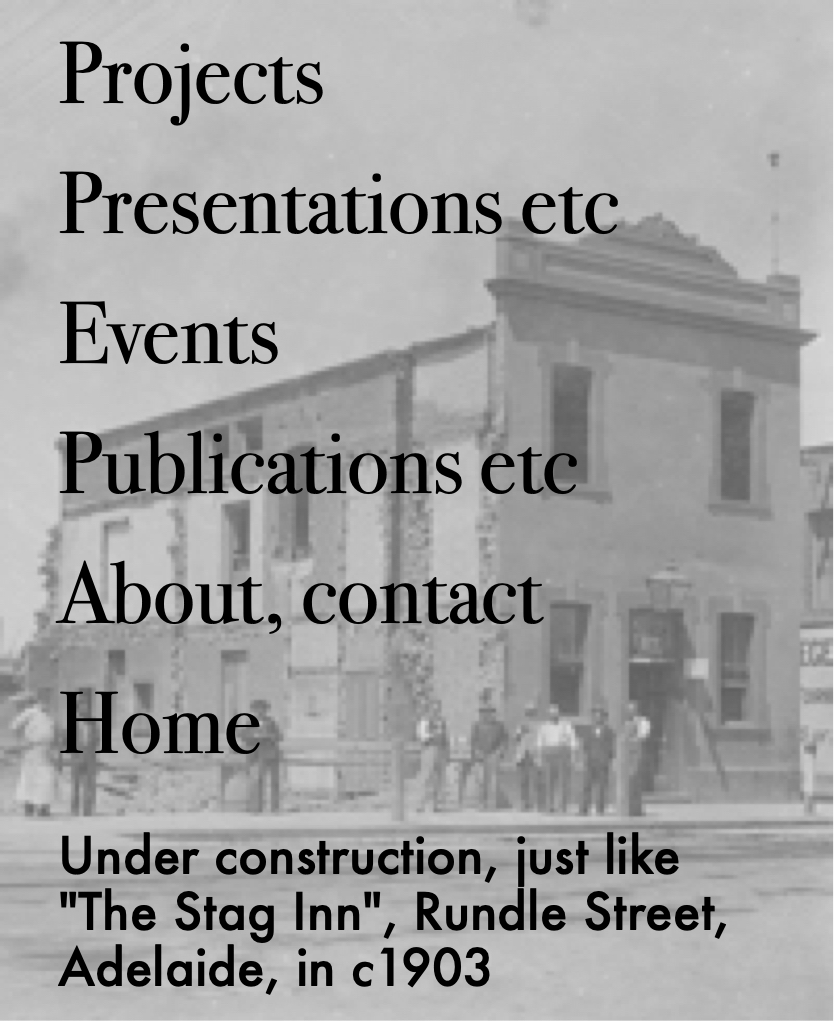
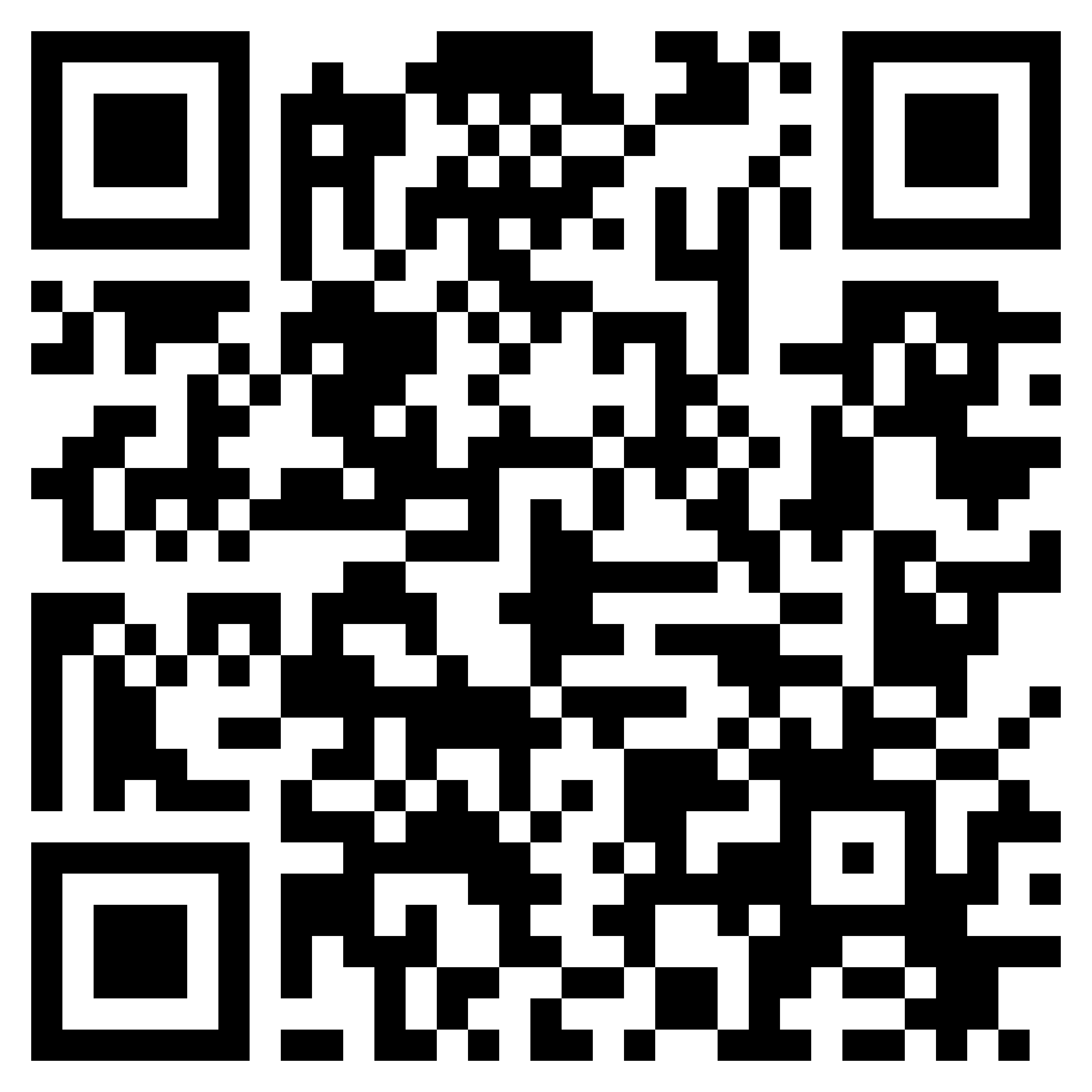
Scan the QRcode above to book through Eventbrite

What exactly is an 'Ordinary'? A short note on eating in colonial South Australian pubs
Reading photographs of pubs: the Kent Town Hotel c. 1902

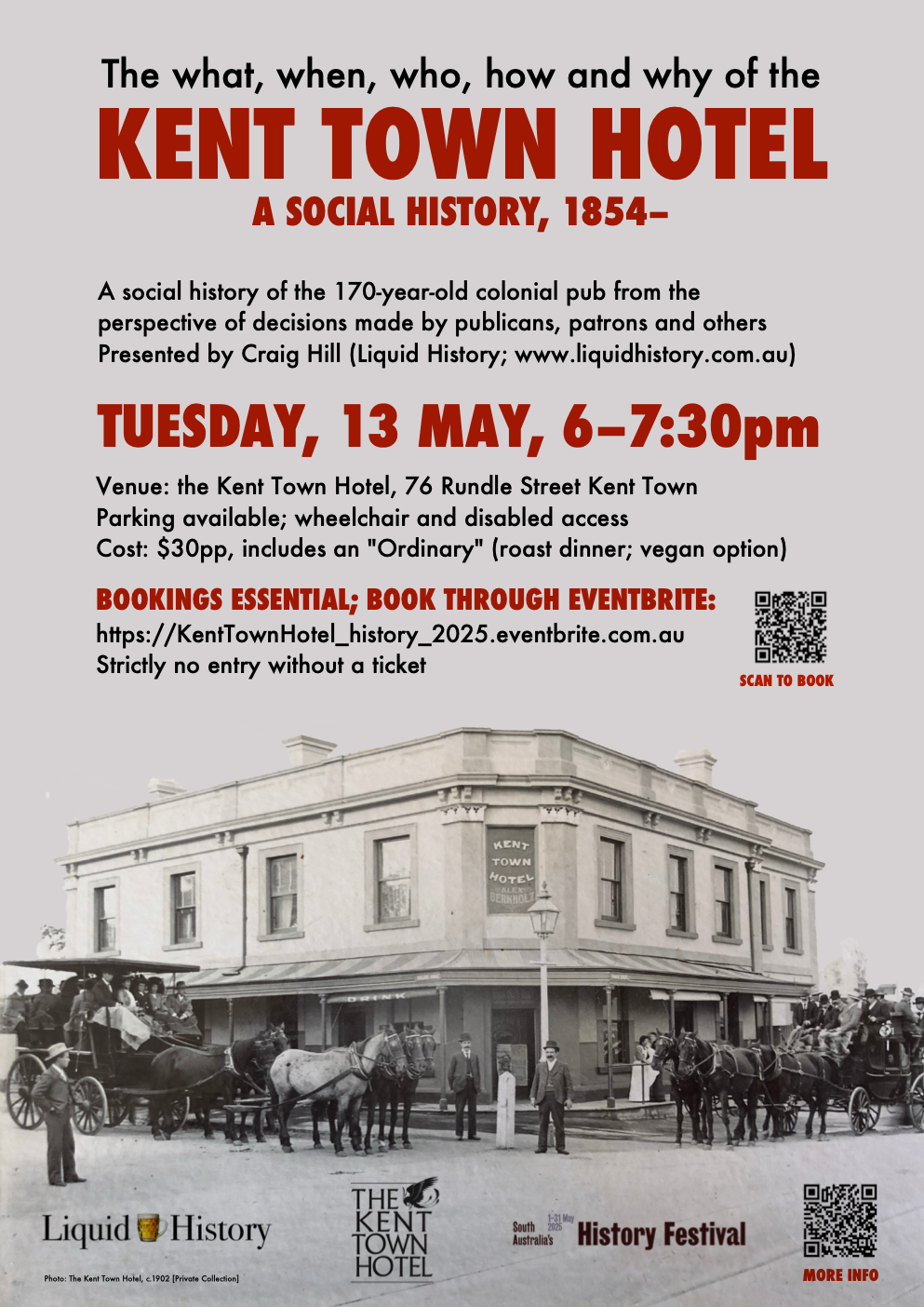
|
|
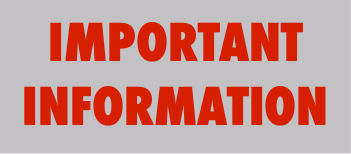
Bookings: Bookings are essential No entry without a ticket Open: 1 April Close: 9 May Tickets: Cost: $30 per person Includes an 'ordinary' (roast dinner (see below) No concessions Tickets are available only online through Eventbrite Refunds (less booking fees) only by application to Liquid History until 6 May Post-event all attendees will be sent exclusively a link to the presentation (as .pdf) and other information relevant to the history of the Kent Town Hotel |
What exactly is an 'Ordinary'? A short note on eating in colonial South Australian pubs
The term originally referred in Britain to a tavern or inn that served a meal at a fixed price. By the end of the eighteenth century the distinction between taverns, inns, ale-houses, chop-shops and similar had more or less disappeared and the term 'ordinary' came to be applied to the meal itself.
Most simply an 'ordinary' in a colonial South Australian pub was a set-menu, fixed-price meal. It was usually but not always one or two courses and usually but not always at a set time of day, usually but not always for lunch, from noon or one o'clock. According to British pub historian David Brandon (London pubs, Apple Book edition, 2013)
|
|
[In eighteenth century Britain, an 'ordinary'] was a fixed-price set meal with a very limited choice, if any, offered on a daily basis around midday... The ordinary was usually eaten at a large communal table and beer or ale was generally taken with it. The fare consisted of a roast, perhaps a chop or two, or pies and puddings, and was food of the sort that, not altogether unkindly, used to be called 'bellytimber': a good square meal, no frills. |
What food constituted a mid-nineteenth century 'ordinary' or pub meal in South Australia is difficult to say. Pubs' advertisements occasionally specified, for examples, "hot joints [ie roasts]" or "an ordinary consisting of the delicacies of the season" and periodically listed the variety of meals available; testimonials compared favourably the fare at colonial South Australian pubs with the food that would have been familiar in English inns. However not all were so enthusiastic; in 1839 the traveller T Horton James and his companions enjoyed a meal at Philip Levy's Southern Cross Hotel:
|
|
... they enjoyed the dinner, or table d'hôte, though it consisted merely of a baked leg of mutton at the top, with a baked shoulder at bottom, and a dish of small potatoes in the middle, nothing else whatever, neither pie, pudding, or cheese...[but] a bottle of Barclay and Perkins [ale] at dinner restored them to good humour. They found that the company at the table was much better than the dishes. |
Although often overlooked, an area dedicated to 'eating' - generally the 'dining room' - was as intrinsic to South Australian pubs as the front bar. From 1839 to 1908 South Australian licensing legislation required that publicans "receive and provide for travellers", including the provision of food (and hay for travellers' horses). As Daryl Thompson and James Smith argue, "inns, taverns and public houses were certainly the first commercial suppliers of meals in early Adelaide, following the traditions of Britain..." [Traces: where Adelaide ate out, 1836-1960, 2015, p.1] and, as their book shows, the importance of pubs as suppliers of inexpensive casual meals continued and continues despite the rise of alternatives such as restaurants, cafes and bakeries. And 'ordinaries' have been replaced by 'counter-lunch', 'carveries', 'smorgasbord', 'buffet' and, most recently, 'burger-and-beer' specials.
For more information on food in Australian pubs although no mention of 'ordinaries', see Kirkby, D., Luckins, T., McConville, C., The Australian Pub (2010) in passim. For more on food in Adelaide pubs and other eating places, see Thompson, Darryl J. and Smith, James S. Traces : where Adelaide ate out 1836-1960 (2015)
Posted 13 January 2025 Original content © Craig Hill 2025
Reading photographs of pubs: the Kent Town Hotel c. 1902
Several people have asked about the photograph used to publicise this talk, why I date it at about 1902 or 1903 (not 1890 as on the wall of the gaming room at the 'Kent Town'), who were the two bowler-hatted men in the centre of the photograph and where were all those people going in the horse-drawn charabanc and carriage. The following is my reading of the photograph; some of it is highly speculative.
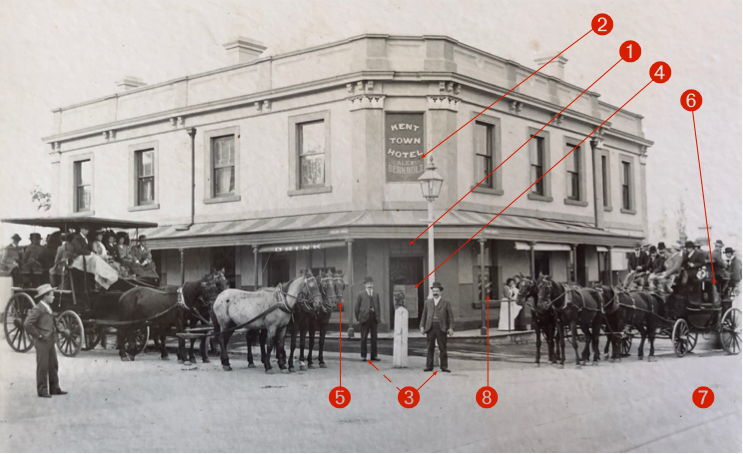
[Click on image or here to enlarge]
Since 1839 pub licensees have been required to display their name and function in a specified format "on some conspicuous part of the front of his[sic] licensed house", most often over the main entrance to the front bar; in this photograph this (1) is all but illegible. Fortunately the main sign for the Kent Town Hotel (2) includes what we can only assume is the current licensee's name: 'Alex Berkholz'. Alexander Herman Berkholz (also known as Herman Alexander Berkholz) licensed the Kent Town Hotel from June 1901 until September 1903, and not in the 1890s or any other time. The photograph was, therefore, taken in 1902, ∓1 year.
When the photograph was taken Herman Alexander Berkholz (1860-1916) would have been about 42 years old. As was common in early photographs of pubs, it is possible that the figure on the right in front of the pub (3) was the licensee, Alexander Berkholz. Not so likely is the lookalike on the left (Berkholz had no brother and in 1902 his eldest son was only twelve or thirteen). I have not found any other corroborative photographs of Berkholz and, to be honest, walrus moustaches, bowler hats and fob-watches were common male fashion statements at the time. Berkholz is therefore my best guess.
My thoughts on the circumstances for the photograph are even more speculative. Like many pubs, the Kent Town served as a meeting point for 'outings' or 'picnics' for sporting and social club, the Duke of Kent lodge or similar organisations. The poster, unfortunately also illegible, on the front door of the public bar and possibly announcing the closure of the pub for the day, suggests that this particular event might have been the annual picnic of either the Liquor Trade Employees' Association or the Licensed Victuallers' Association. Both of these typically attracted over 500 and as many as 2000 revellers in the early 1900s. They were held on private properties at Tea Tree Gully or Happy Valley or at the Belair National Park or similar; the a 'pickaxe' rig (5) - an extra horse - hints that the picnic ground was in the 'Hills', not at the beach. Finally the elegance of the carriage (6) suggests that it was provided by an affluent supporter, possibly E T Smith, retired founding Director of the South Australian Brewing Company, or W H Beaglehole, Chairman and Managing Director of the Lion Brewing and Malting Company.
Two more interesting details on the photograph: Firstly, the horse-drawn tram tracks which can be seen in the right hand foreground of the photograph (7) were installed in 1878 and removed when the electric trams were introduced on the 'Kensington' line in 1908-1909 and the line was re-routed down what is now Parade West. Secondly, the decal on the window right of the main door (8) is mostly obscured but looks like an advertisement for the 'Ales' of the SA Brewing and Malting Company which became the South Australian Brewing Company in 1893 and which, when the photograph was taken, leased the pub from its owner, Mrs Ann Simms, wife of the founder. Coincidentally, about the time the photograph was taken, SABco installed the König Lager Brewing System in its West End (Hindley Street) brewery and so began the decline of traditional ales and the steady rise of locally brewed 'lagers'.
[A rough chronology of the South Australian Brewing Company is here.]
Posted 15 January 2025 Original content © Craig Hill 2025
